We all know that the SaaS landscape is ever-changing. That’s precisely why it’s crucial for SaaS businesses to constantly evolve and change their strategies and tactics. But without objective data on what works and what doesn’t, shifting strategies would be mere conjecture.
To help these companies we’re releasing, for the second year in a row, a massive data set (you can read last year’s report here) that takes a look at what does and doesn’t work when it comes to efficiently growing a SaaS company. This year, we placed special emphasis on the explosion of product led growth – a go-to-market strategy that underpins some of today’s most successful businesses including Atlassian, Dropbox and Expensify. Companies with a product led growth (PLG) strategy exhibit unique financial and operating characteristics like rapid scalability, economic efficiency and outsized investment in technology that enable them to grow at more efficient rates (but more on PLG later).
Our survey uncovered trends around how fast startups are growing (hint: it’s tough to break in, but the best performers are growing faster than ever), the emergence of SaaS companies all around the world, and early indications of progress on hiring diverse candidates.
This report was written and compiled by Kyle Poyar, Sean Fanning and Gail Axelrod. For questions, comments or to participate in next year’s survey, please email Kyle Poyar at [email protected].

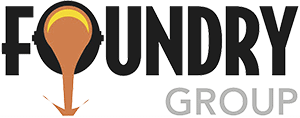
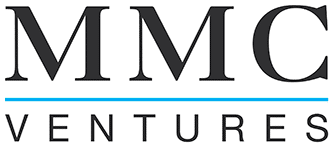

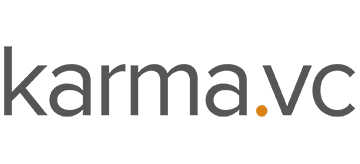
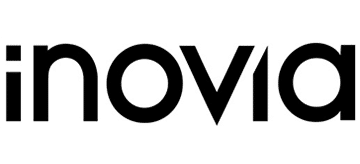
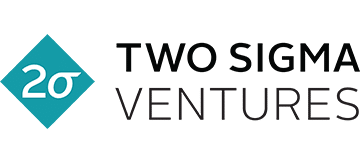



 “The future of growth is product led. This isn’t merely the latest fad or buzzword. Data shows that companies leveraging a PLG strategy perform better on average – faster growth, higher margins, lower burn and stronger valuation multiples. As with many new operational strategies, OpenView believes product led growth will soon become the norm, making it table stakes for SaaS companies that want to win in their markets. What is your company doing to adapt to the product led growth revolution?”
“The future of growth is product led. This isn’t merely the latest fad or buzzword. Data shows that companies leveraging a PLG strategy perform better on average – faster growth, higher margins, lower burn and stronger valuation multiples. As with many new operational strategies, OpenView believes product led growth will soon become the norm, making it table stakes for SaaS companies that want to win in their markets. What is your company doing to adapt to the product led growth revolution?”
 “Pricing has emerged as one of the most important and impactful levers that SaaS companies have to accelerate growth. It is one of maybe a handful of initiatives that results in 25% faster growth without needing to hire more sales reps or spend more on marketing. When’s the last time you had a strategic, Board-level conversation about pricing?”
“Pricing has emerged as one of the most important and impactful levers that SaaS companies have to accelerate growth. It is one of maybe a handful of initiatives that results in 25% faster growth without needing to hire more sales reps or spend more on marketing. When’s the last time you had a strategic, Board-level conversation about pricing?” “Increasingly, we’re seeing great businesses popping up all over the world – well outside of major tech hubs like Silicon Valley. Whether this is happening from a combination of the talent war in large cities, the ease of communication and virtual meetings and / or investors being more comfortable getting on a plane to find great deals, we’re seeing more successful companies built across the globe and investors are certainly taking note.”
“Increasingly, we’re seeing great businesses popping up all over the world – well outside of major tech hubs like Silicon Valley. Whether this is happening from a combination of the talent war in large cities, the ease of communication and virtual meetings and / or investors being more comfortable getting on a plane to find great deals, we’re seeing more successful companies built across the globe and investors are certainly taking note.” “When we talk to European SaaS founders, we almost always encourage them to expand to the US sooner rather than later. On average, US companies are just more used to SaaS and to trying new technologies provided by startups. There are a few exceptions, but in most cases, chances are that whoever wins the US will win the global market.”
“When we talk to European SaaS founders, we almost always encourage them to expand to the US sooner rather than later. On average, US companies are just more used to SaaS and to trying new technologies provided by startups. There are a few exceptions, but in most cases, chances are that whoever wins the US will win the global market.” “Data from OpenView’s survey shows a promising, if small, uptick in the number of women at the top. It’s crucial to a business’ success that diversity reaches into the highest levels. Organizations like Athena Alliance are focused on making parity a reality.”
“Data from OpenView’s survey shows a promising, if small, uptick in the number of women at the top. It’s crucial to a business’ success that diversity reaches into the highest levels. Organizations like Athena Alliance are focused on making parity a reality.”